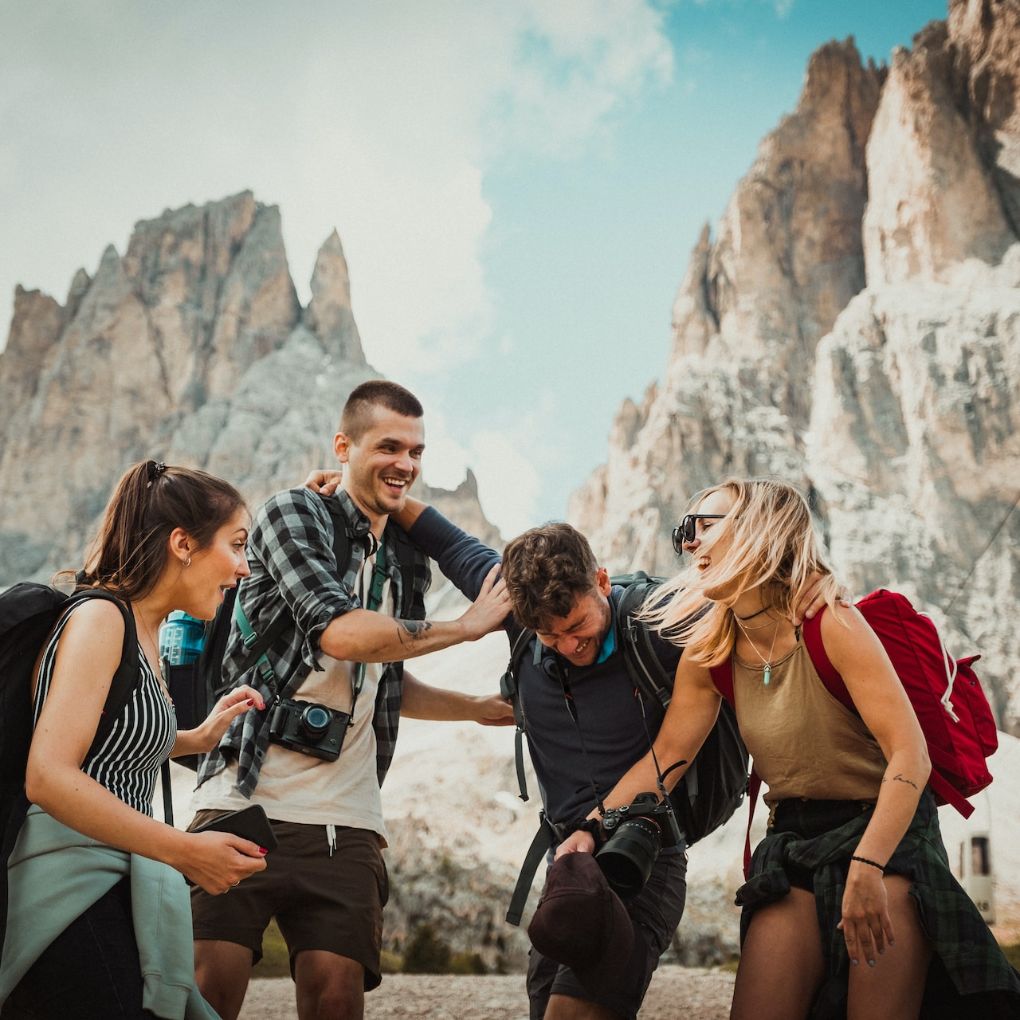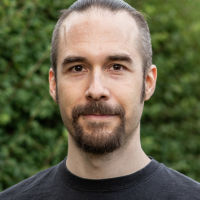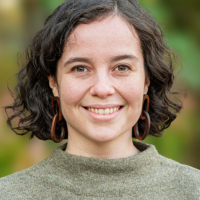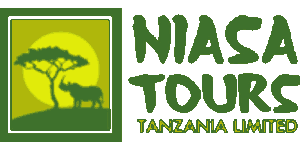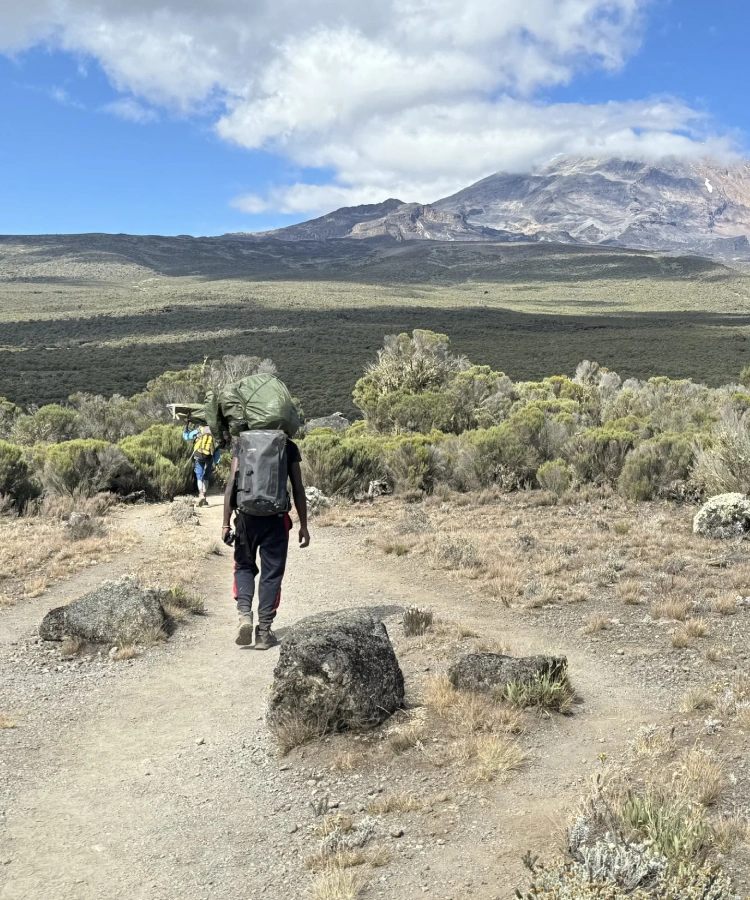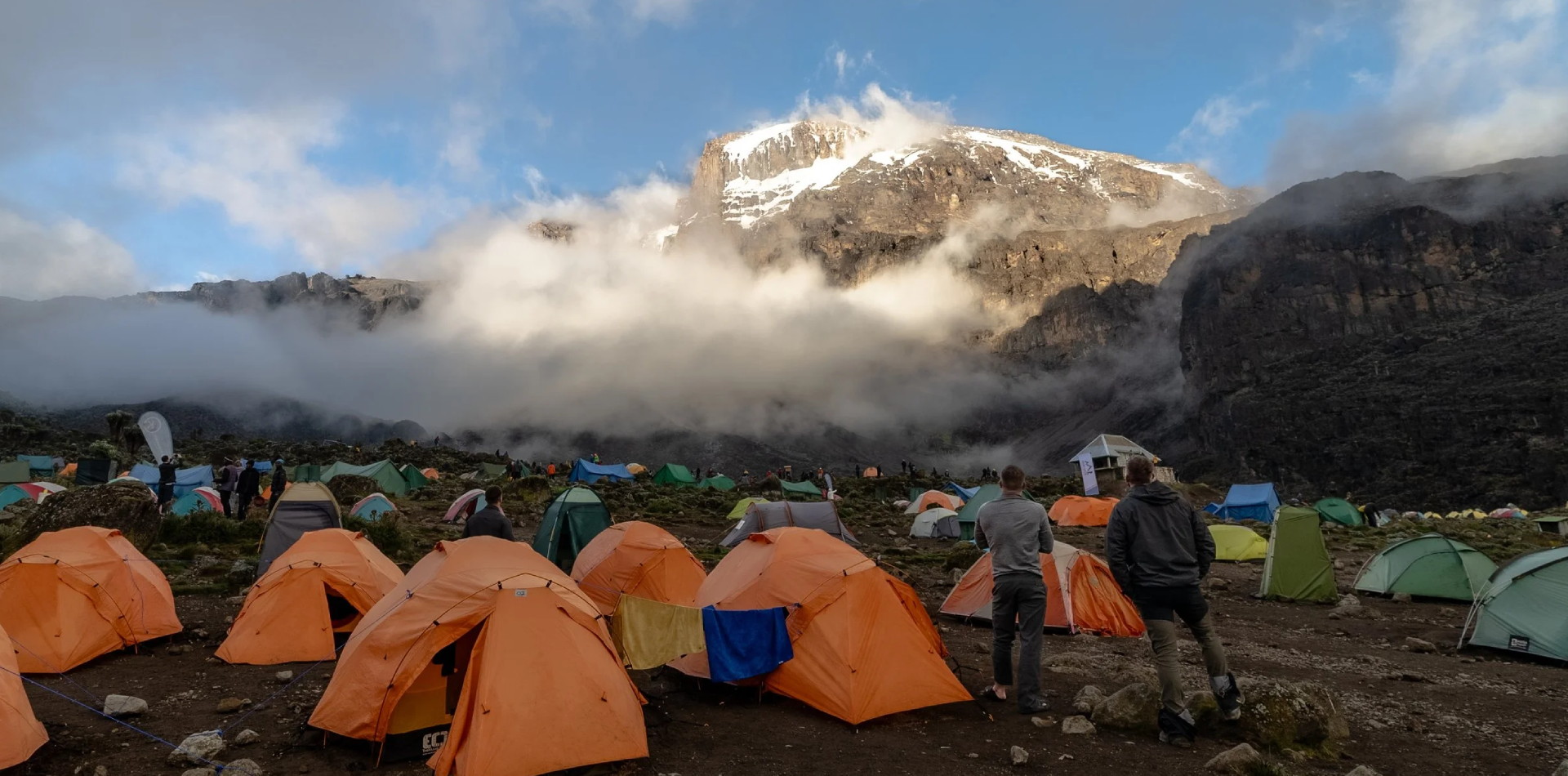
8 Days Lemosho Route
About This Safari
This 8-Day Lemosho Route Trek—renowned for its beauty, gradual acclimatization, and high summit success rate. Starting from the lush western forests, you’ll traverse dramatic landscapes including the Shira Plateau, Lava Tower, Barranco Wall, and alpine deserts before summiting Uhuru Peak—the highest point in Africa.
This route offers a high success rate, making it ideal for fit and adventurous trekkers. Camp under the stars, enjoy professional support, and experience Kilimanjaro from multiple angles. The Lemosho Route is perfect for those seeking a quieter, immersive, and rewarding journey to the Roof of Africa.
Tour Highlights
Lush Forest
Start your journey through Kilimanjaro’s vibrant rainforest, where birds sing overhead and Colobus monkeys swing through the trees — nature’s peaceful welcome to an unforgettable trek.
Shira Plateau
Walk across the expansive Shira Plateau, where rolling moorlands meet dramatic mountain backdrops. The vast open skies and high-altitude air make every step feel truly majestic.
Lava Tower
Climb to the towering Lava Tower, a surreal volcanic rock formation. This altitude gain helps acclimatization and offers a thrilling mix of challenge and raw beauty.
Barranco Wall
Face the iconic Barranco Wall — a steep but exhilarating climb. Scramble up with care, rewarded by sweeping views and a real sense of mountain achievement.
Price starts at 2500usd depending on the number of hikers contact us to get your full quotation
Tour Details
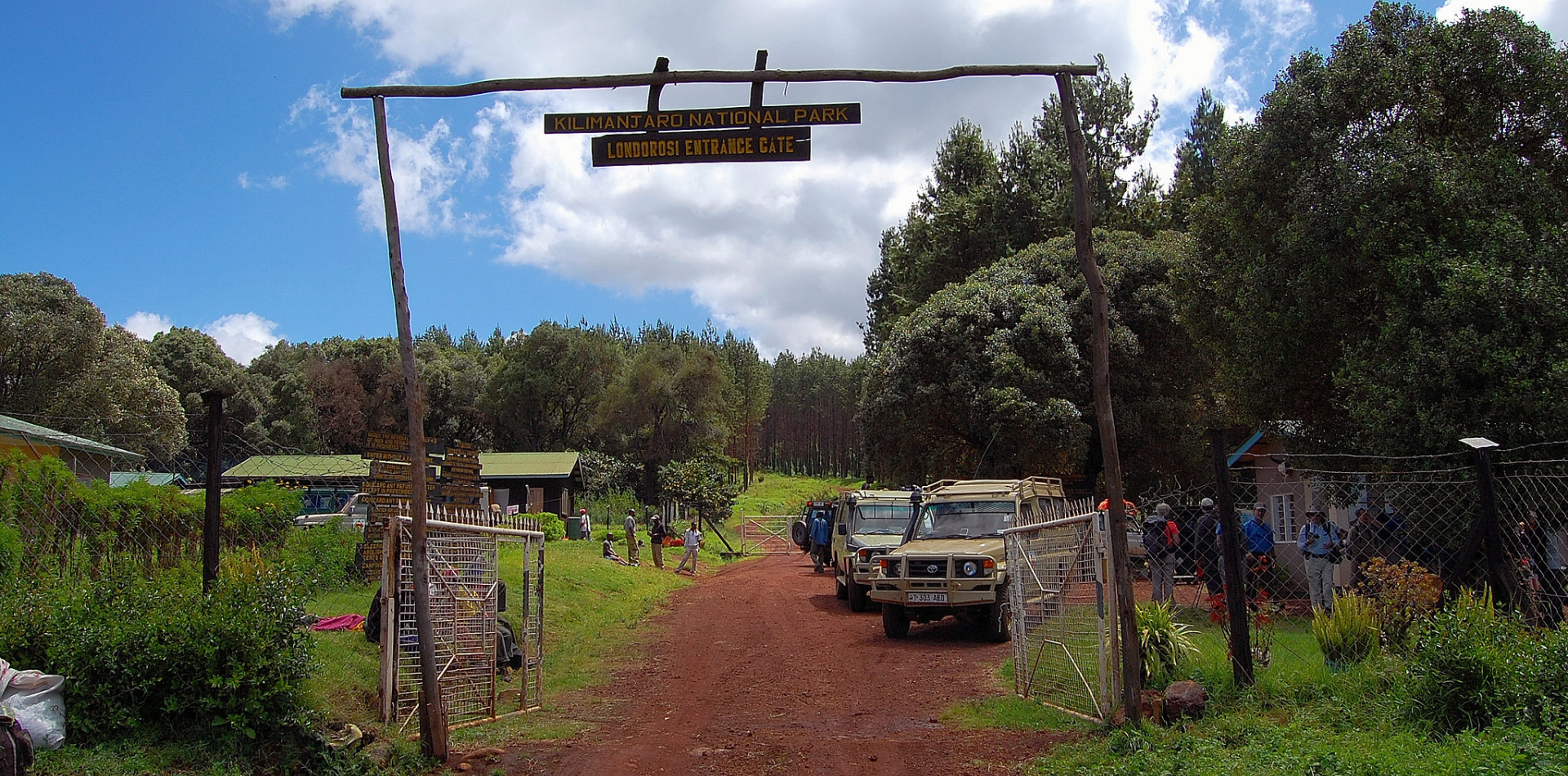
We depart from hotel to Londorossi Gate, which takes about 4 hours, where you will complete entry formalities. Then drive to the Lemosho trailhead (another hour to reach the trailhead). Upon arrival at trailhead, we eat lunch, and then commence through undisturbed forest, which winds to the first camp site.
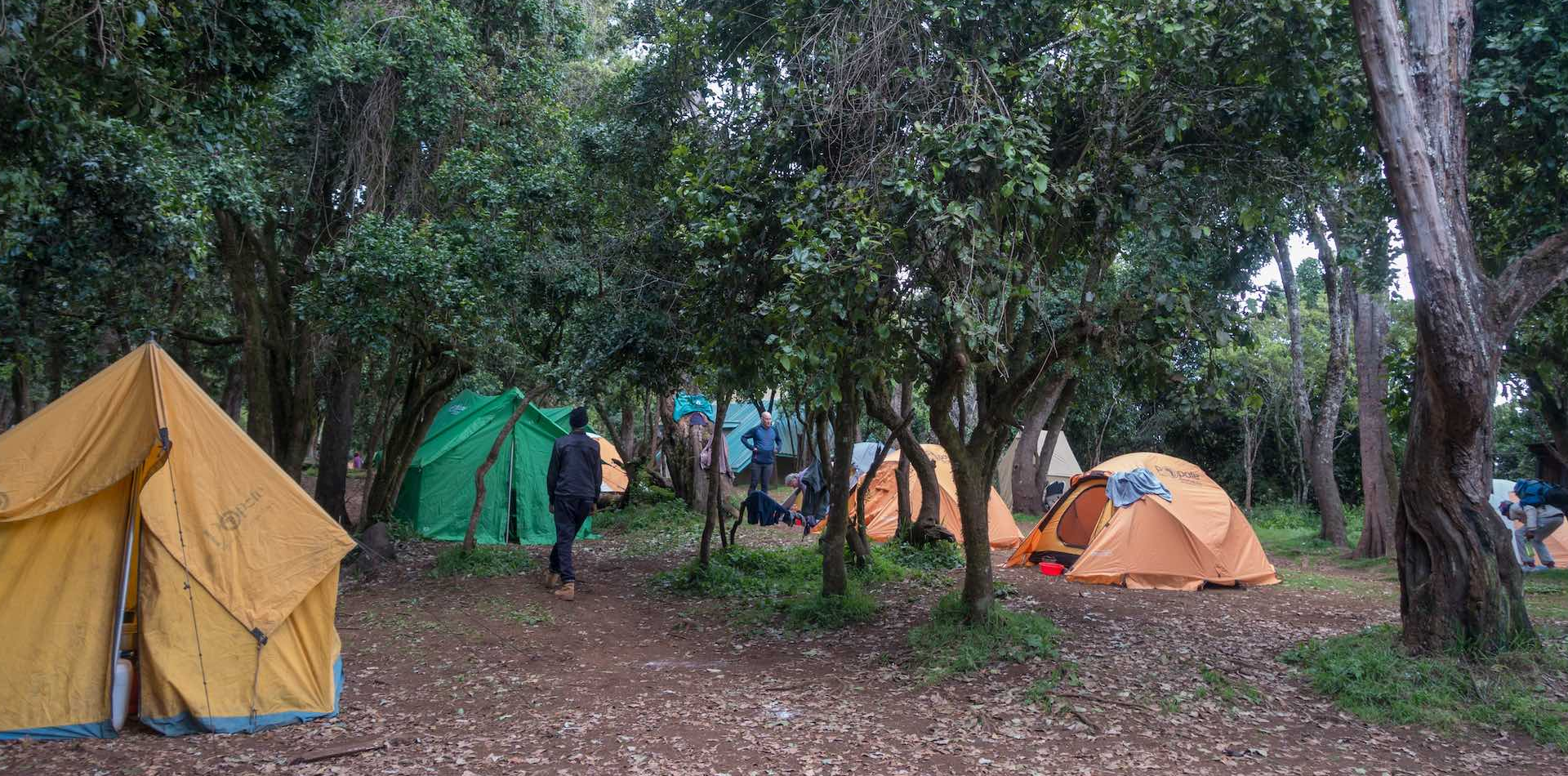
We continue on the trail leading out of the forest and into a savannah of tall grasses, heather, and volcanic rock draped with lichen beards. As we ascend through the lush rolling hills and cross several streams, we reach the Shira Ridge before dropping gently down to Shira 1 camp. The view of Kibo from across the plateau is amazing.
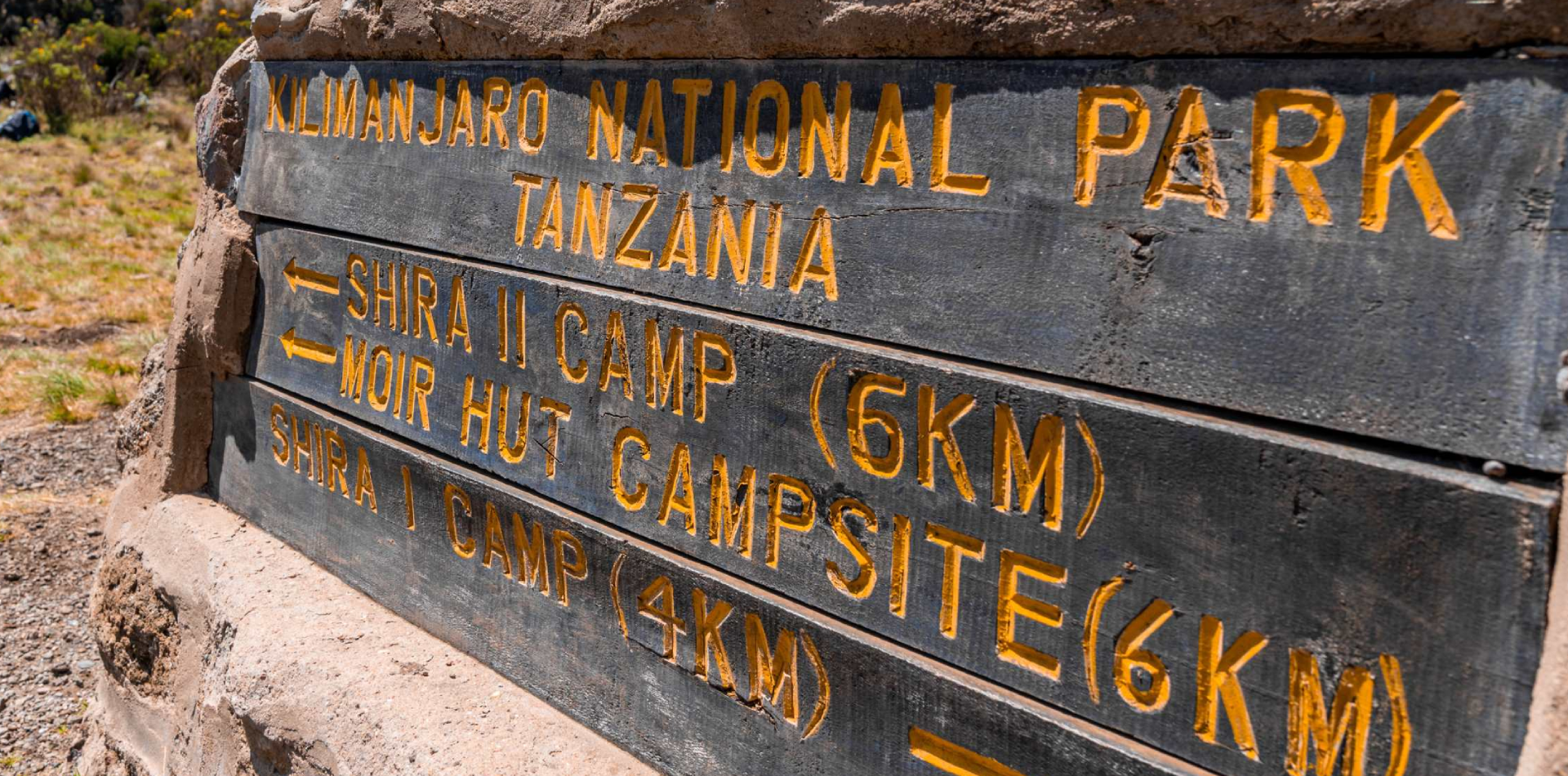
We explore the Shira plateau for a full day. It is a gentle walk east toward Kibo's glaciered peak, across the plateau that leads to Shira 2 camp on moorland meadows by a stream. Then we continue to Moir Hut, a little used site on the base of Lent Hills. A variety of walks are available on Lent Hills making this an excellent acclimatization opportunity. Shira is one of the highest plateaus on earth.
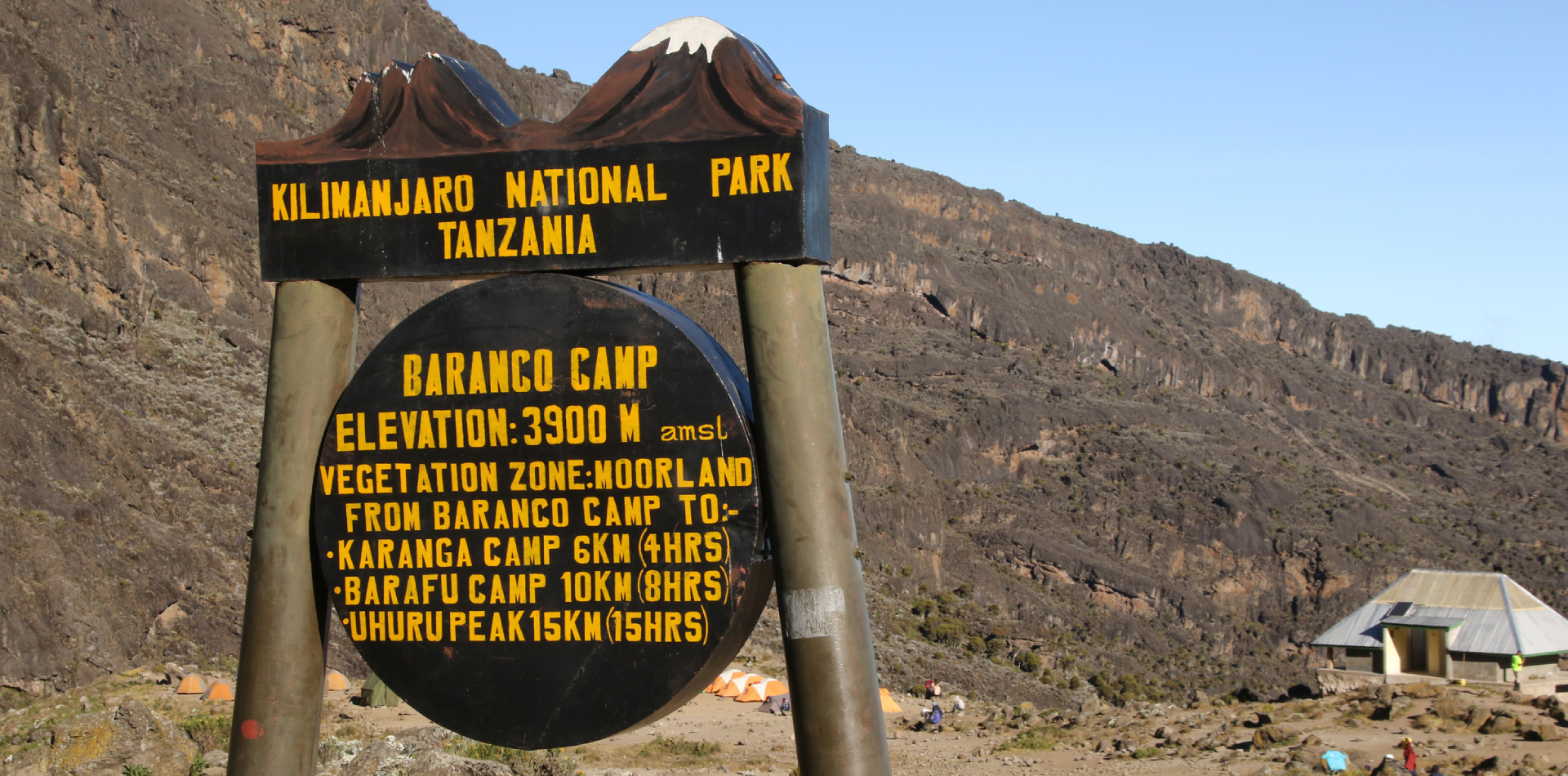
From the Shira Plateau, we continue to the east up a ridge, passing the junction towards the peak of Kibo. As we continue, our direction changes to the South East towards the Lava Tower, called the "Shark's Tooth." Shortly after the tower, we come to the second junction, which brings us up to the Arrow Glacier at an altitude of 16,000ft. We now continue down to the Barranco Hut at an altitude of 13,000ft. Here we rest, enjoy dinner, and overnight. Although you end the day at the same elevation, as when you started, this day is very important for acclimatization and will help your body prepare for summit day.
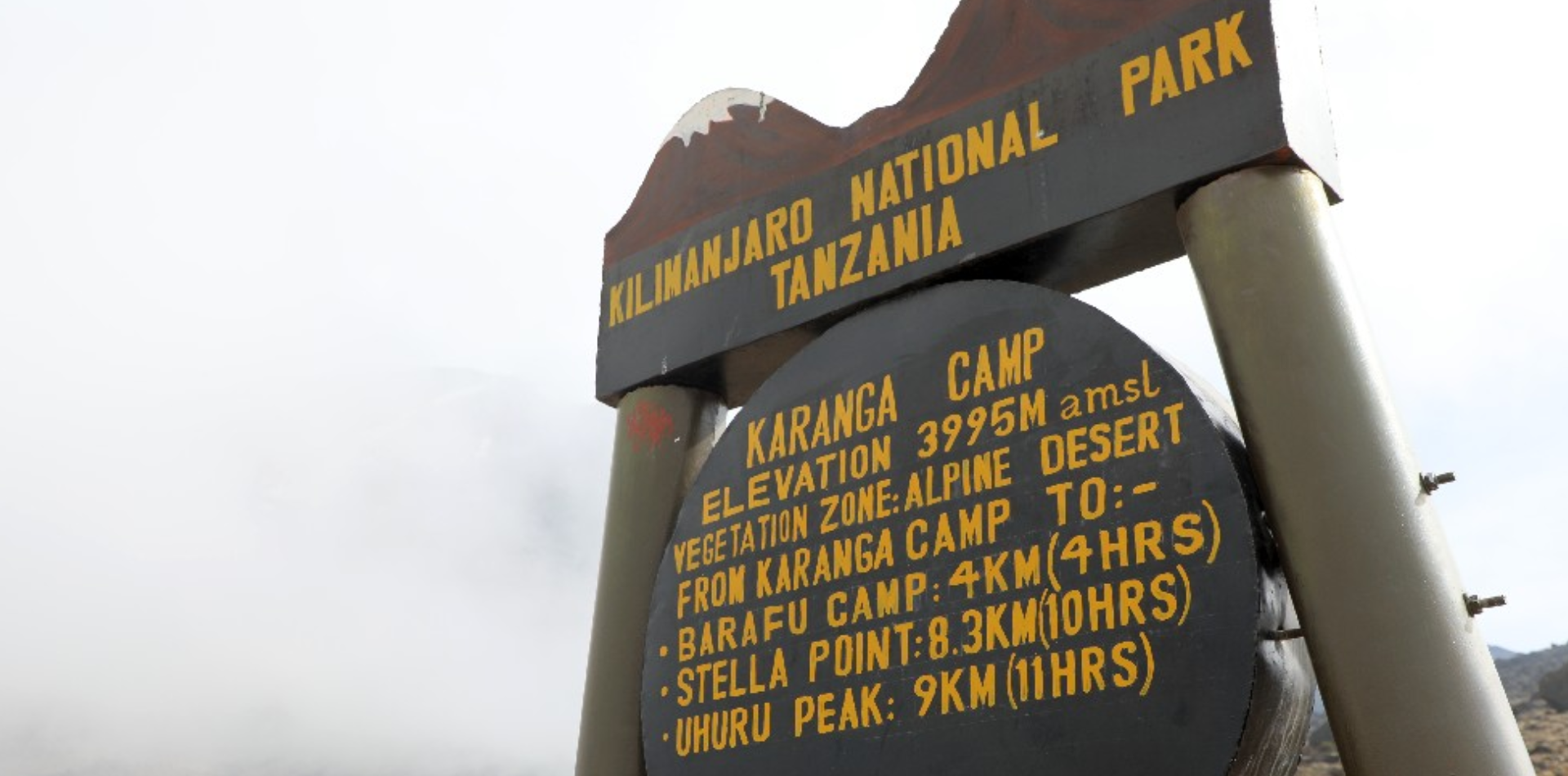
After breakfast, we leave Barranco and continue on a steep ridge passing the Barranco Wall, to the Karanga Valley campsite. This is a short day meant for acclimatization.
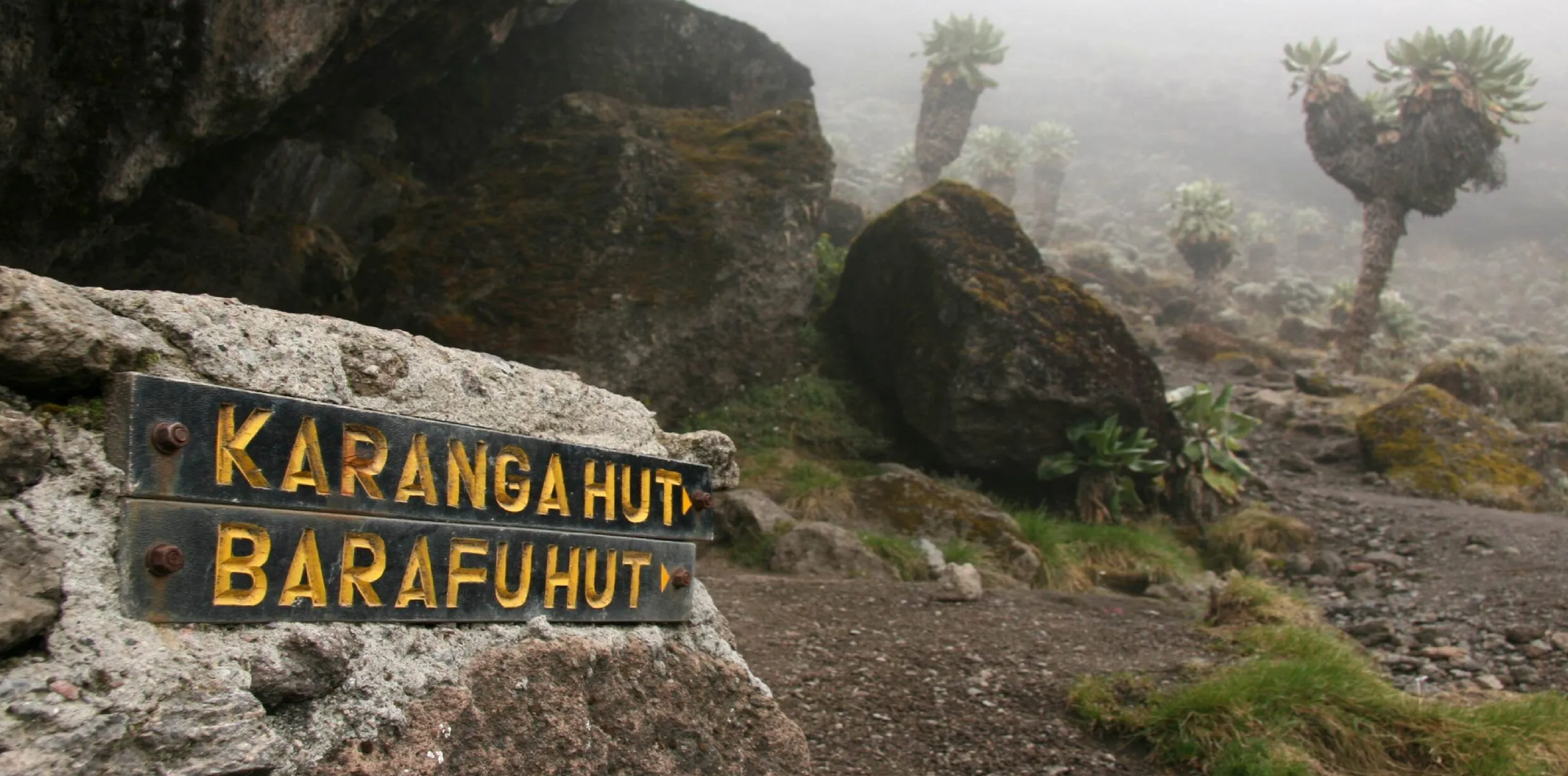
After breakfast, we leave Karanga and hit the junction which connects with the Mweka Trail. We continue up to the Barafu Hut. At this point, you have completed the South Circuit, which offers views of the summit from many different angles. Here we make camp, rest, enjoy dinner, and prepare for the summit day. The two peaks of Mawenzi and Kibo are to be seen from this position.
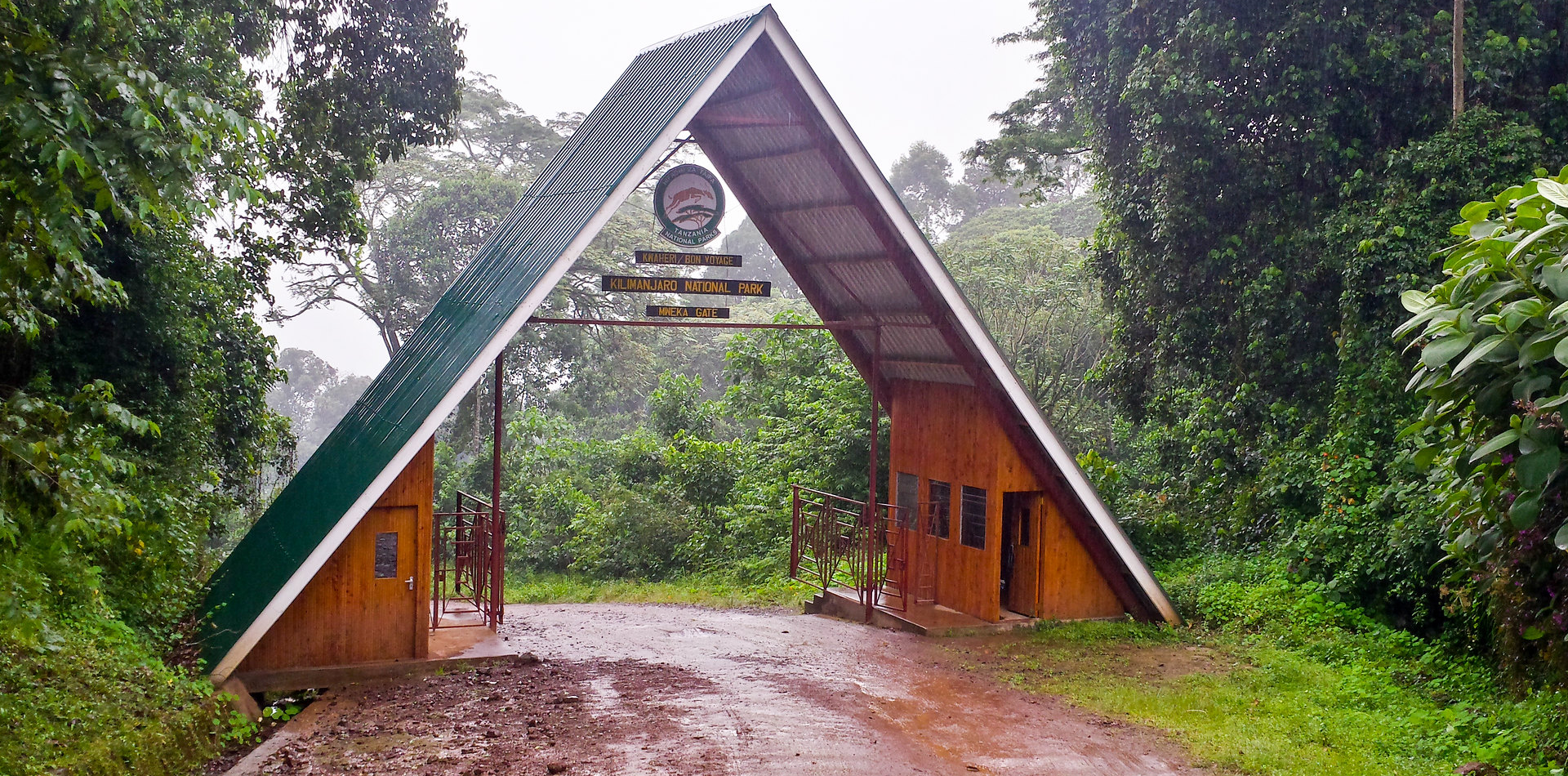
Very early in the morning (midnight to 2am), we continue our way to the summit between the Rebmann and Ratzel glaciers. You head in a northwesterly direction and ascend through heavy scree towards Stella Point on the crater rim. This is the most mentally and physically challenging portion of the trek. At Stella Point (18,600 ft), you will stop for a short rest and will be rewarded with the most magnificent sunrise you are ever likely to see (weather permitting). From Stella Point, you may encounter snow all they way on your 1-hour ascent to the summit. At Uhuru Peak, you have reached the highest point on Mount Kilimanjaro and the continent of Africa. Faster hikers will see the sunrise from the summit. From the summit, we now make our descent continuing straight down to the Mweka Hut camp site, stopping at Barafu for lunch. You will want gaiters and trekking poles for the loose gravel going down. Mweka Camp is situated in the upper forest and mist or rain can be expected in the late afternoon. Later in the evening, we enjoy our last dinner on the mountain and a well-earned sleep.
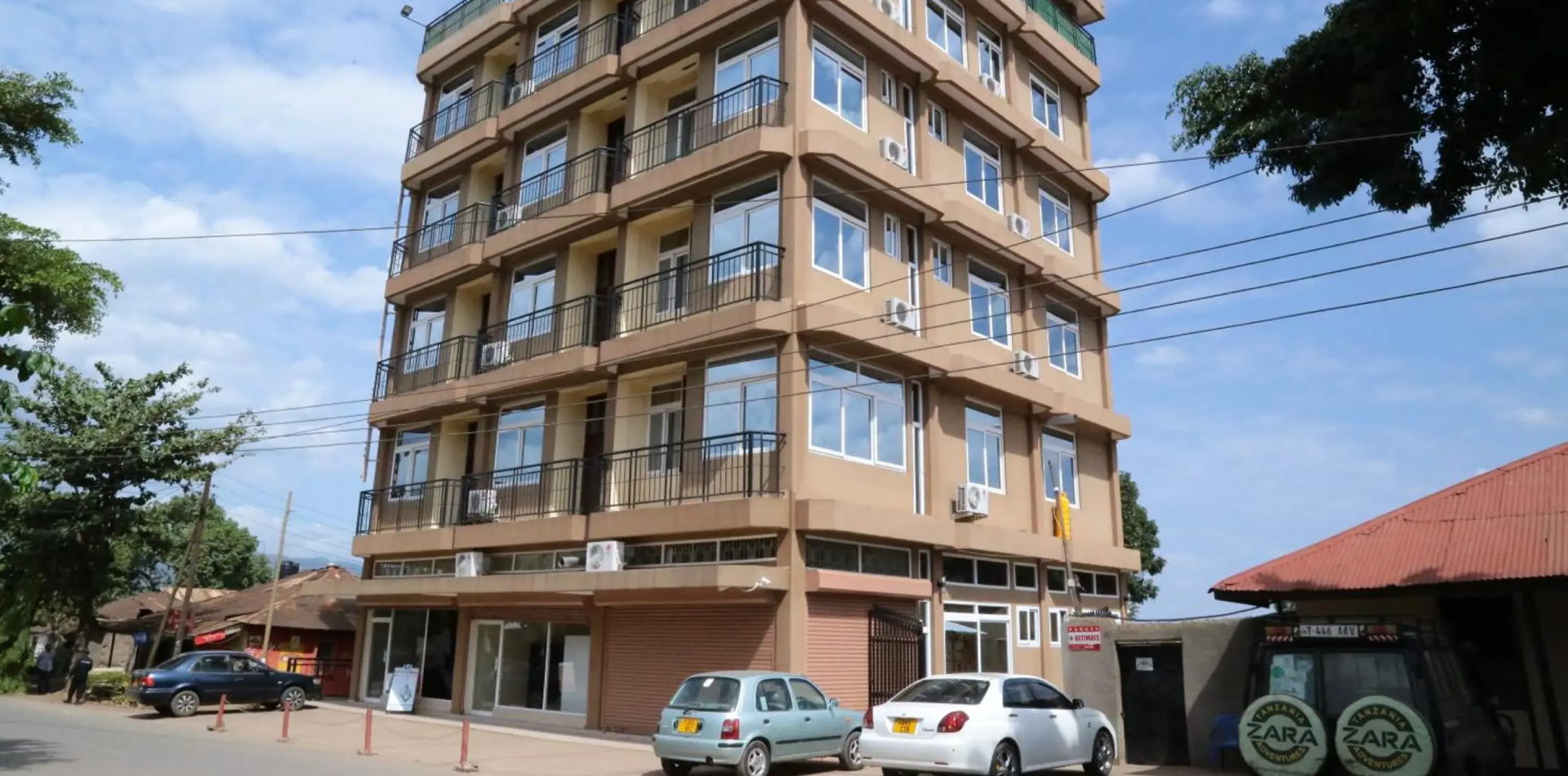
After breakfast, we continue the descent down to the Mweka Park Gate to receive your summit certificates. At lower elevations, it can be wet and muddy. Gaiters and trekking poles will help. Shorts and t-shirts will probably be plenty to wear (keep rain gear and warmer clothing handy). A vehicle will meet you at Mweka village to drive you back to hotel or airport.
Inclusions & Exclusions
- Accommodation during the hike and for the night before.
- All transfers as stated.
- Park entry, camping, climbing and rescue fees.
- Experienced English-Speaking Mountain Guide.
- Full support from crew with several porters.
- General hiking and camping equipment.
- Meals as stated and drinking water.
- Emergency oxygen and first aid kit.
- International or domestic flights.
- Travel health and evacuation insurance (should cover hikes up to 6,000 m).
- Personal hiking and camping equipment.
- Additional drinks, snacks or meals.
- Suggested tip for your crew.
- Private toilets (available on extra cost, there are free, well maintained public toilets).
Tour Map
Tour Gallery
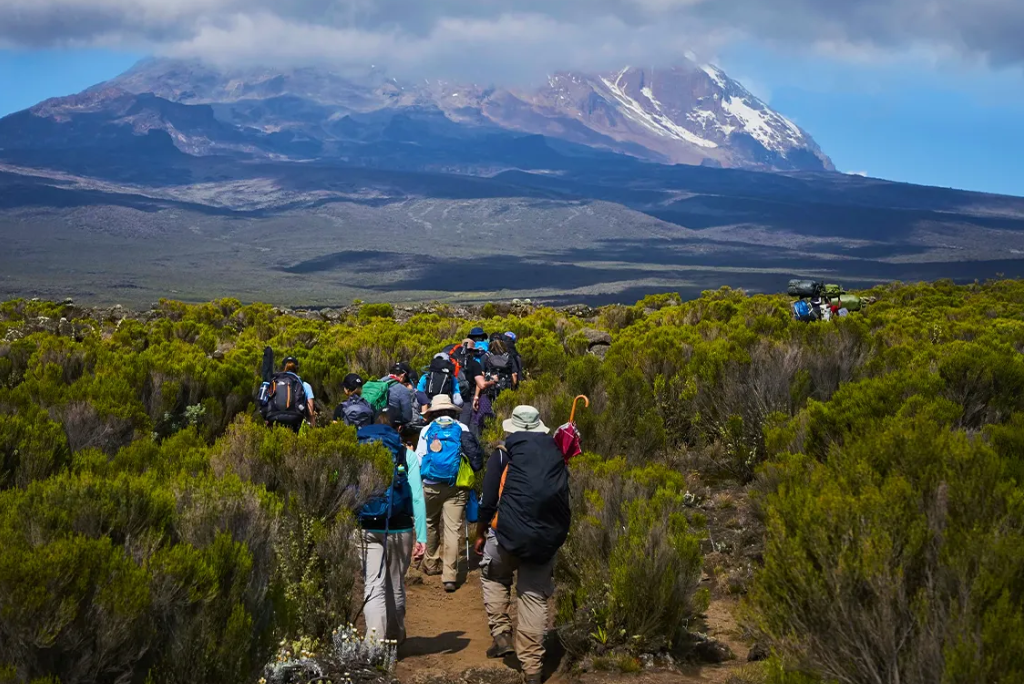
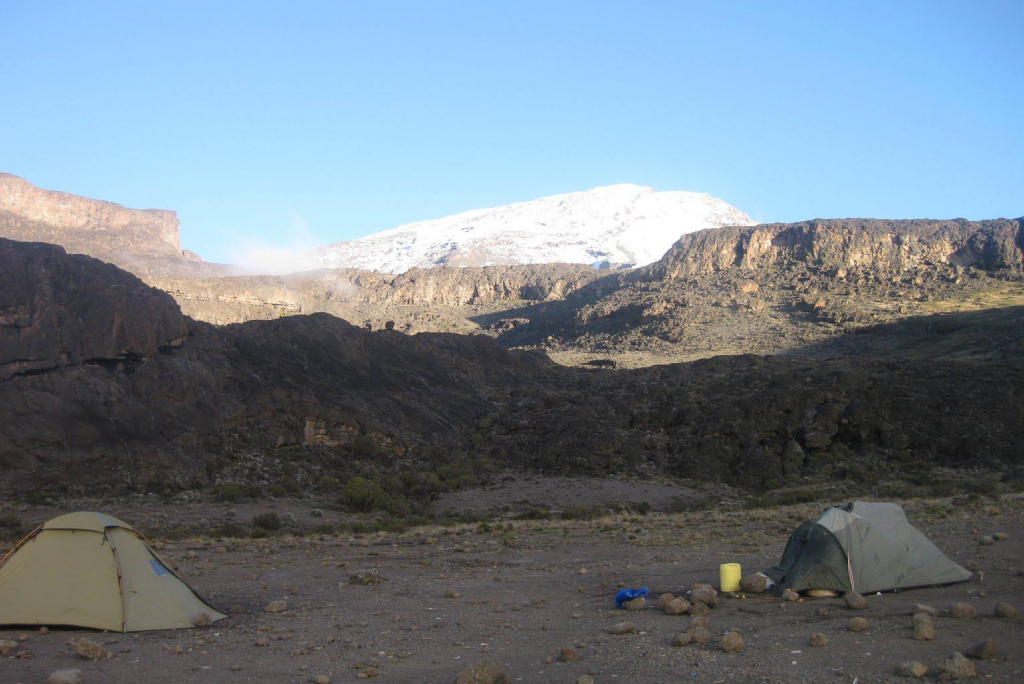
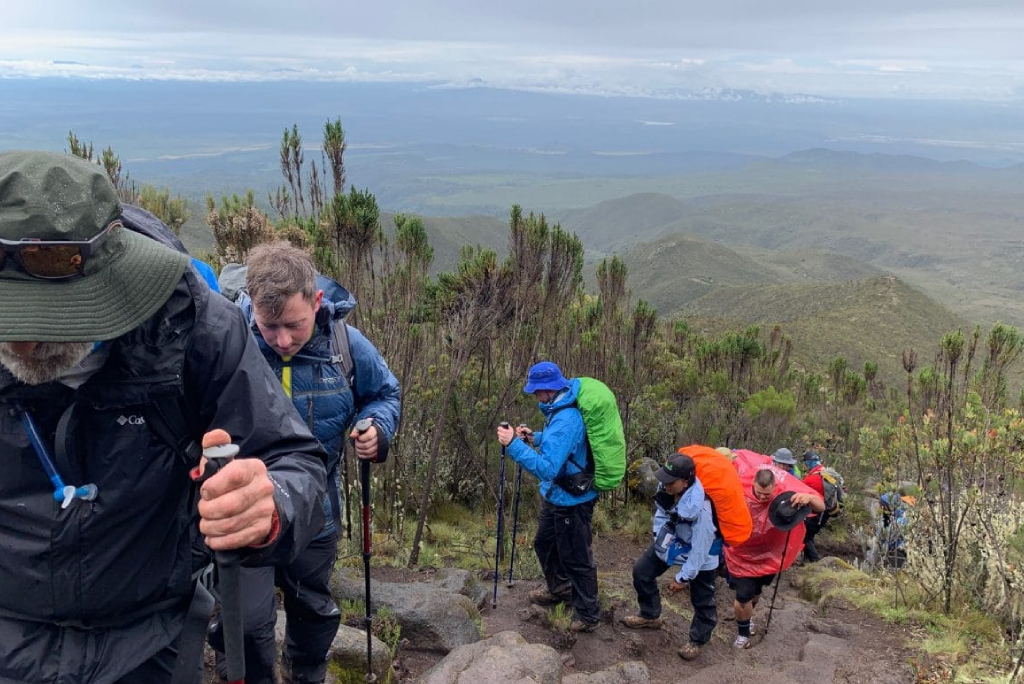
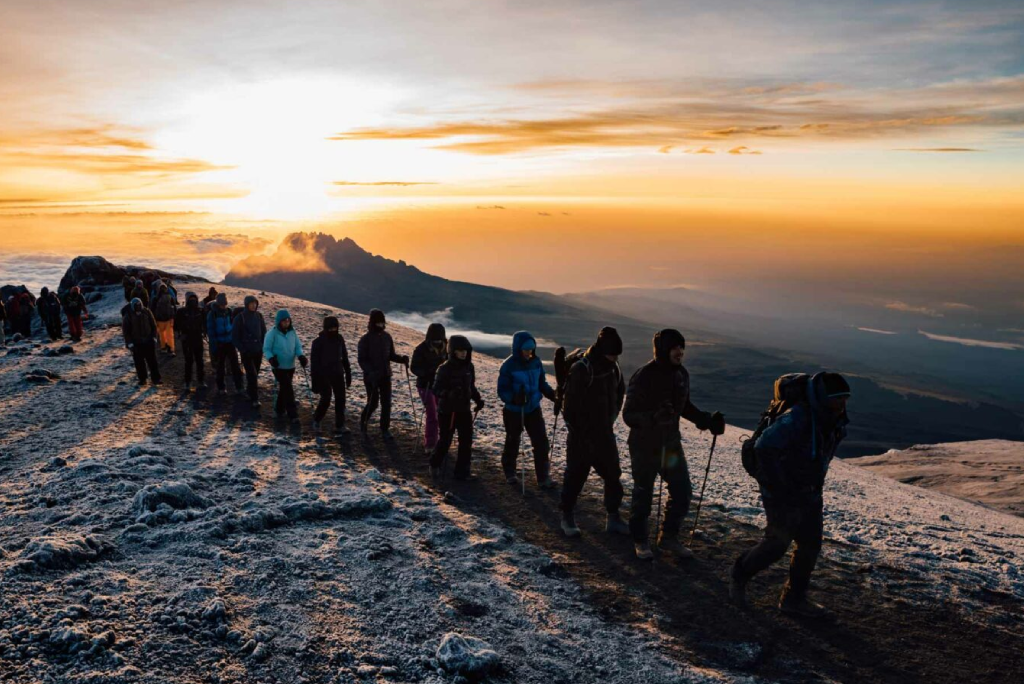
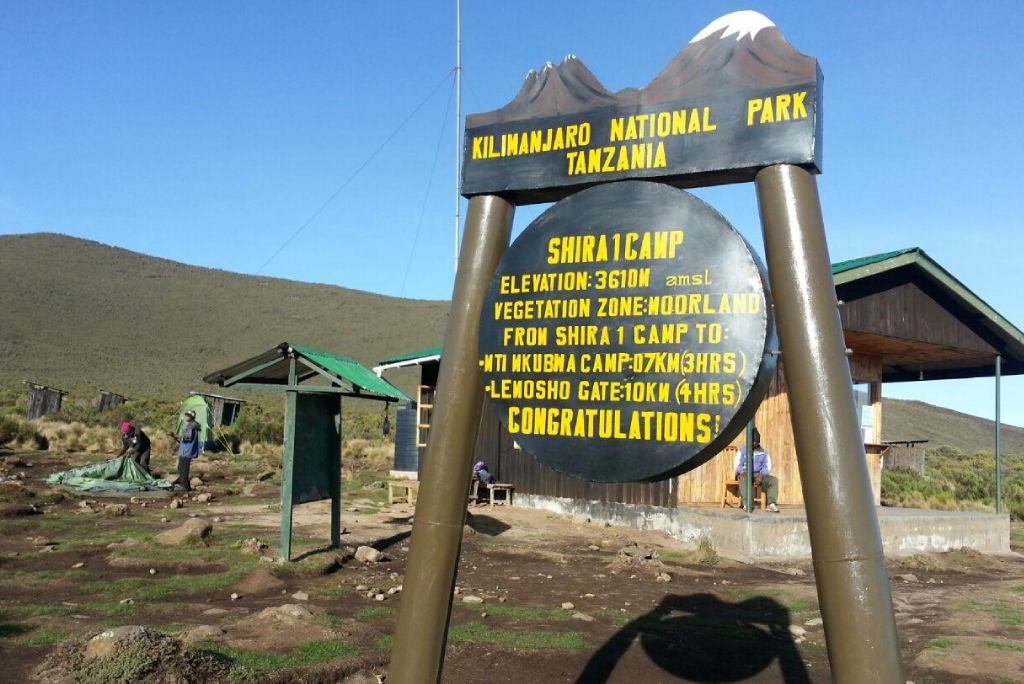
Related Mount Kilimanjaro Trekking
Given the off-road terrain that will be encountered, a bike that can adequately tackle this is also essential. A gravel bike is usually a popular option for bikepacking.
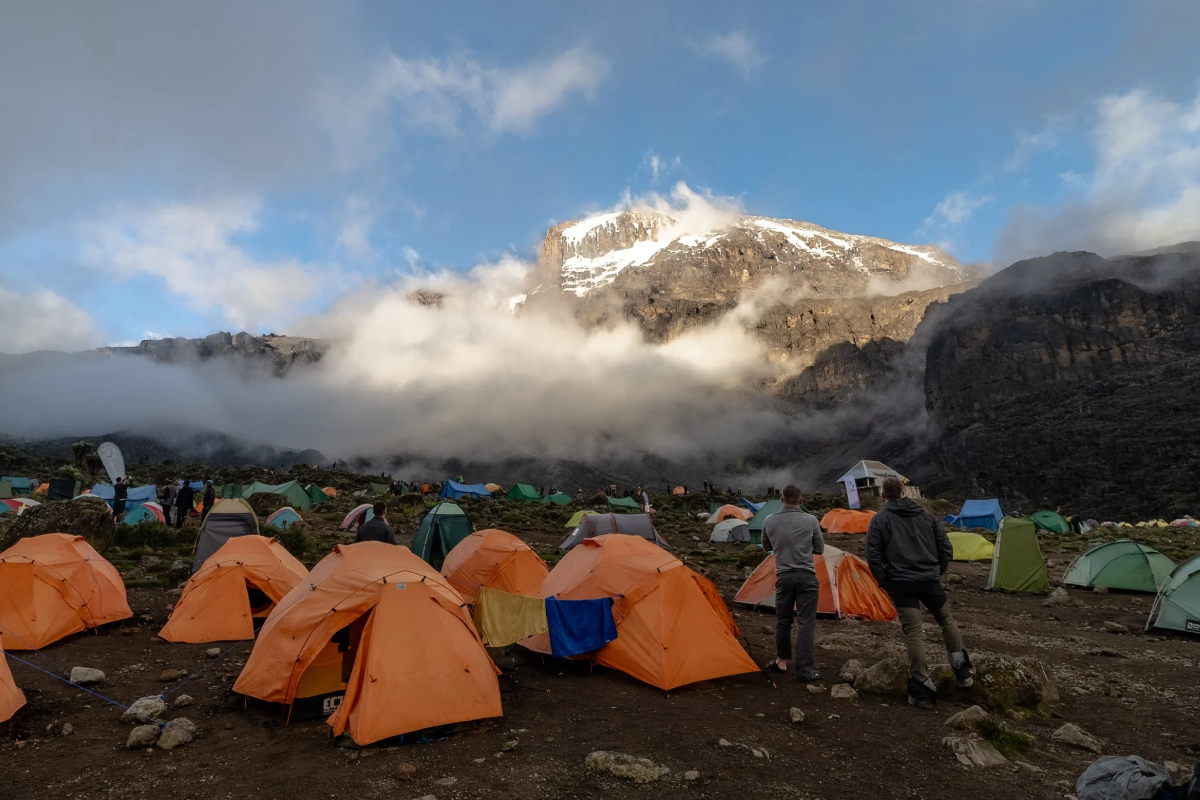
8 Days Lemosho Route
Embark on an 8-day Lemosho Route trek, traversing forests, plateaus, alpine deserts, and summiting Uhuru Peak with expert support.
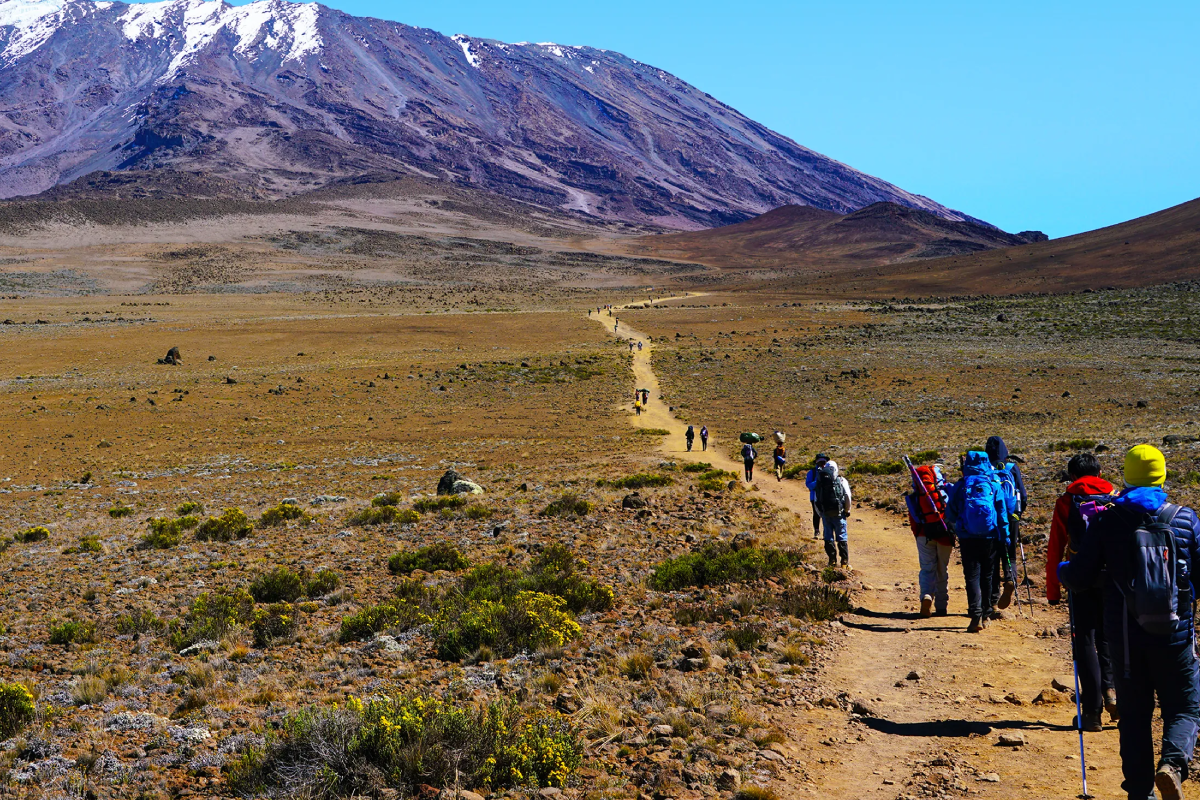
7 Days Machame Route
Trek Kilimanjaro’s 7-day Machame Route, crossing rainforests, moorlands, and glaciers, camping under stars, reaching Uhuru Peak with guided support.
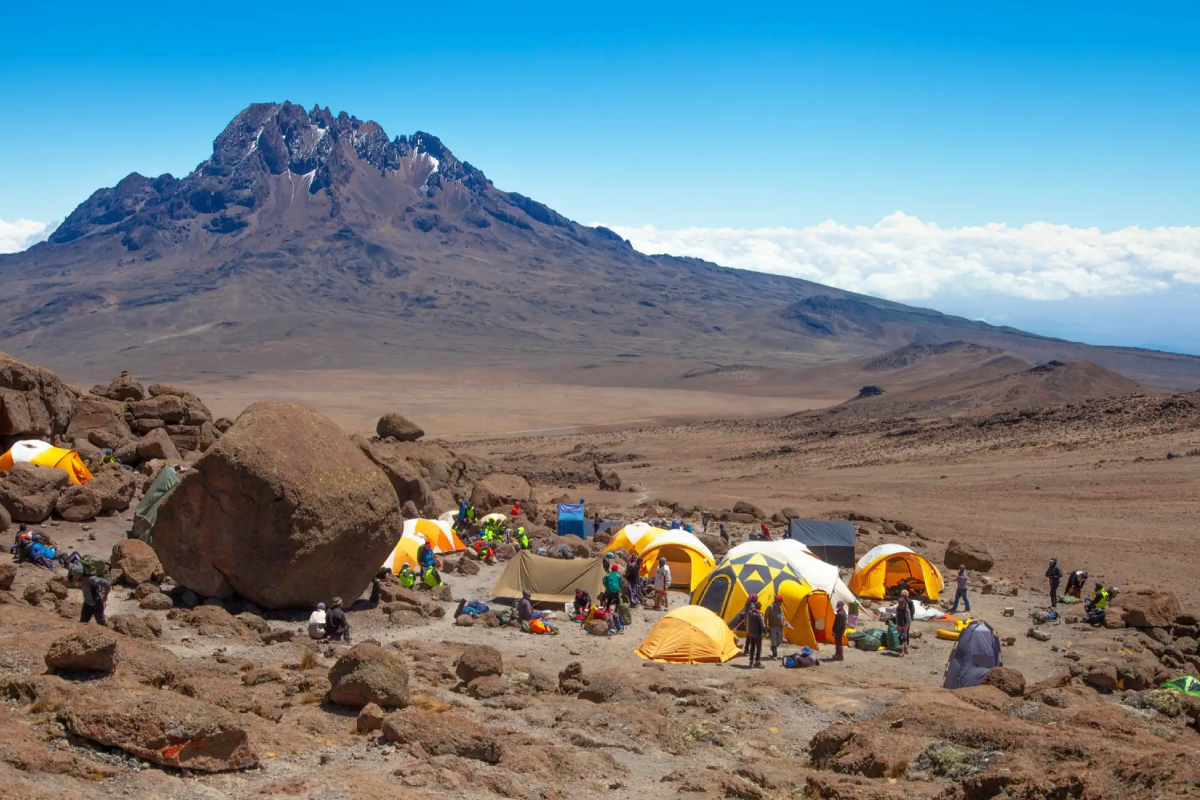
6 Days Rongai Route
Trek Kilimanjaro’s 6-day Rongai Route, ascending through rainforest, moorland, and alpine desert, summiting Uhuru Peak with expert guides and full support.
We make it easier for everyone to experience the world
Ready to explore Tanzania’s natural wonders? We’re here to help! Whether you’re planning a once-in-a-lifetime safari or a peaceful nature escape, our team makes travel easy and personal. Reach out today—let’s turn your dream of exploring Tanzania and beyond into reality. We make it easier for everyone to experience the world, one journey at a time. Contact us today!
Need I help? Talk to an Expert
+255767493713 +255690129757
Mountain Climbing FAQs
Discover essential information for climbing Tanzania’s iconic peaks—Mount Kilimanjaro, Mount Ol-Donyo Lengai, and Mount Meru. Learn about the best seasons, difficulty levels, required permits, gear recommendations, and safety tips. Whether you’re a first-time climber or experienced mountaineer, these FAQs provide guidance to help you prepare, stay safe, and make your mountain adventure unforgettable.
Climbing Kilimanjaro is challenging but achievable for fit individuals. It doesn't require technical skills, but altitude and endurance are key factors. Choosing a longer route improves acclimatization and success. Mental preparation, physical fitness, and proper gear make a big difference in your summit experience.
The best times are during dry seasons—January to March and June to October. These months offer clear skies, better trail conditions, and higher success rates. Avoid the rainy seasons for safety and comfort. Early booking is also advised due to route popularity.
Yes, Mount Meru is ideal for acclimatization before Kilimanjaro. It reaches 4,566 meters and offers great altitude training. The trek includes wildlife encounters and scenic ridges, preparing your body for Kilimanjaro’s higher elevation and reducing chances of altitude sickness significantly.
Yes, guided climbs are mandatory for both Kilimanjaro and Mount Meru. Guides ensure your safety, manage logistics, and provide expert support. Their local knowledge enhances your journey. On Mount Meru, park rangers accompany all trekkers due to wildlife presence in the area.
Ol Doinyo Lengai is the only active natrocarbonatite volcano in the world, revered by the Maasai as the “Mountain of God.” The steep climb is rewarded with unique lava flows, spiritual significance, and sunrise views over Lake Natron and the Great Rift Valley.
Altitude sickness can affect anyone above 2,500 meters. Symptoms include headache, nausea, and fatigue. To reduce risk, climb slowly, stay hydrated, and acclimatize properly. Longer itineraries on Kilimanjaro and a Mount Meru pre-climb significantly boost altitude adaptation and summit success.
You’ll need layered clothing, waterproof outerwear, sturdy hiking boots, sleeping gear (for Kilimanjaro and Meru), headlamp, trekking poles, and hydration packs. For Ol Doinyo Lengai, include lightweight but grippy footwear and breathable clothing due to its steep, dusty volcanic terrain.
What Customers Say About Us
